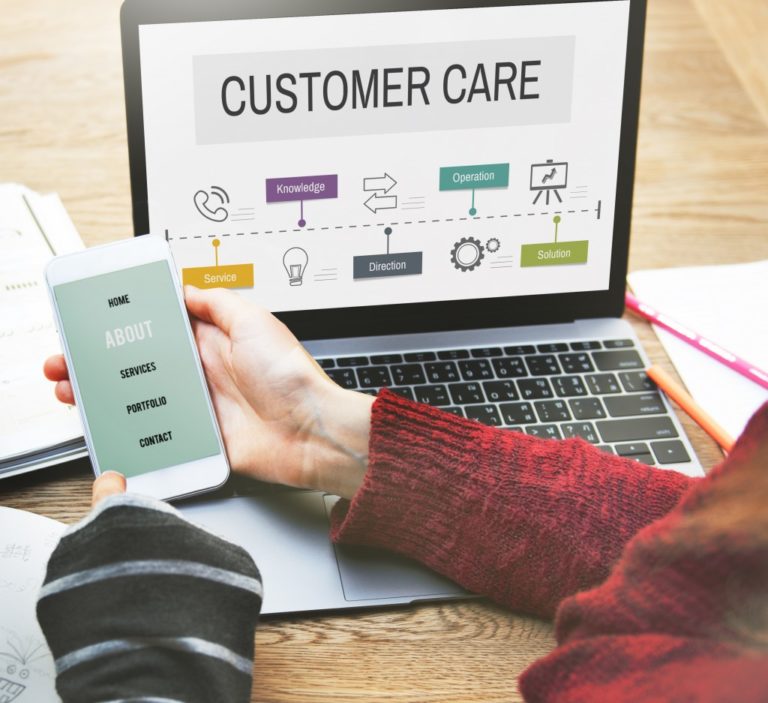The e-commerce industry continues on an upward trend. As e-commerce sales grow, experts predict 95% of purchases will be done online by 2040.
With e-commerce getting more traction, the competition also becomes just as fierce. If you’re in this industry, you need to take your marketing strategies up a notch.
Let’s look at how you can ramp up your e-commerce business’ ROI through digital marketing:
Content That Your Customers Will Love
Everything starts with content—but not just any content. Don’t make the mistake of writing bland product descriptions. You need high-quality content that resonates with your audience.
When writing product descriptions or blogs, the messaging and value proposition should be clear to your target customers. Think of how you want customers to engage with your content and remain on your website. Present information in a way that will leave a strong impression and make your customers want to purchase the item on your e-commerce site.
Keywords That Target the Right User Intent
Keywords are the core of your SEO. If you don’t have the right target keywords, you’re doing SEO for nothing.
But let’s be clear about one thing: choosing keywords is not a guessing game. It’s a product of great analysis. That’s why you hire an SEO consultant in Utah to help with your keyword strategy.
Keywords should focus on relevance and intent. They should be relevant to what your customers are searching for and should match their intent at their stage of the buyer’s journey.
For instance, customers using the keywords “buy men’s shoes online” are those with the highest purchasing intent. This means that transactional keywords like these should be on pages designed to convert customers, not on educational blog posts.
The more you understand the intent of your customers, the easier it will be to assign keywords to the right pages and create content around them.
Emails That Nurture (and Lead Customers to a Purchase)
Email marketing remains an effective way to reach out to customers and those who have yet to become your customers. However, it’s not as simple as blasting a message to a list you’ve gathered over the years. It’s about nurturing your customers until they’re ready to buy from you.
Every time a potential customer leaves their contact details on your e-commerce site, put them into a nurturing campaign that will prompt them to receive emails from your business. The important thing is customers should get value out of every email—it can be in the form of discount codes, coupons, or promos. Giving your customers a little bonus can encourage them to click and purchase from your e-commerce site.
Videos That Engage and Delight
If you’re not using videos, now’s the right time to do so. Videos can provide your customers with easy-to-digest, engaging content. Product-related videos, demos, or tutorials, for instance, can help your customers better understand what you’re offering.
When creating videos, use keyword terms to determine topics that are interesting to your customers. Optimize the video descriptions with your target terms, as well as a strong CTA. Most importantly, share these videos on different channels to reach more customers.
Plan Your E-commerce Marketing

Don’t settle for one marketing strategy—incorporate different approaches to develop a successful e-commerce marketing plan. By creating a holistic e-commerce marketing strategy, you can put your business in front and center of your customers.




